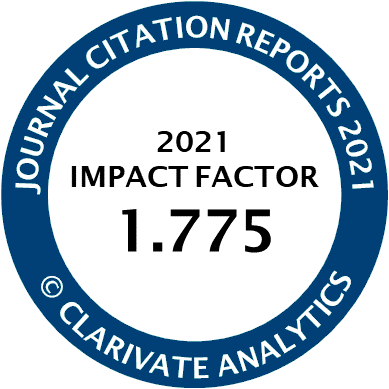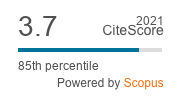Article | Open Access
| Ahead of Print | Last Modified: 16 December 2022
Gender and Strategic Opposition Behavior: Patterns of Parliamentary Oversight in Belgium
| Views: | 176 | | | Downloads: | 93 |
Abstract: Studies on strategic parliamentary opposition often focus on broader behavioral patterns or party‐level variation. This article analyzes differences at the individual level, more notably between male and female opposition members of parliament. Using rational‐choice perspectives of opposition activity and theories of gendered political behavior, we hypothesize that female opposition members focus less on ideological conflicts (with or between coalition parties) and more on their party’s core issues. Furthermore, we expect them to more frequently target female ministers, in part because of the nature of their respective portfolios. Our analysis of all parliamentary questions tabled by opposition members in the Belgian Federal Parliament between 2007 and 2019 (N = 48,735) suggests that female members of parliament seem more likely to focus on issues that are salient to their party and less on conflictual matters between coalition partners. These results provide new empirical insights into strategic opposition behavior and gendered differences in the legislature.
Keywords: Belgium; gender; opposition; parliamentary behavior; parliamentary questions
Published:
Ahead of Print
Issue:
Women Opposition Leaders: Pathways, Patterns, and Performance (Forthcoming)
Supplementary Files:
© Benjamin de Vet, Robin Devroe. This is an open access article distributed under the terms of the Creative Commons Attribution 4.0 license (http://creativecommons.org/licenses/by/4.0), which permits any use, distribution, and reproduction of the work without further permission provided the original author(s) and source are credited.



